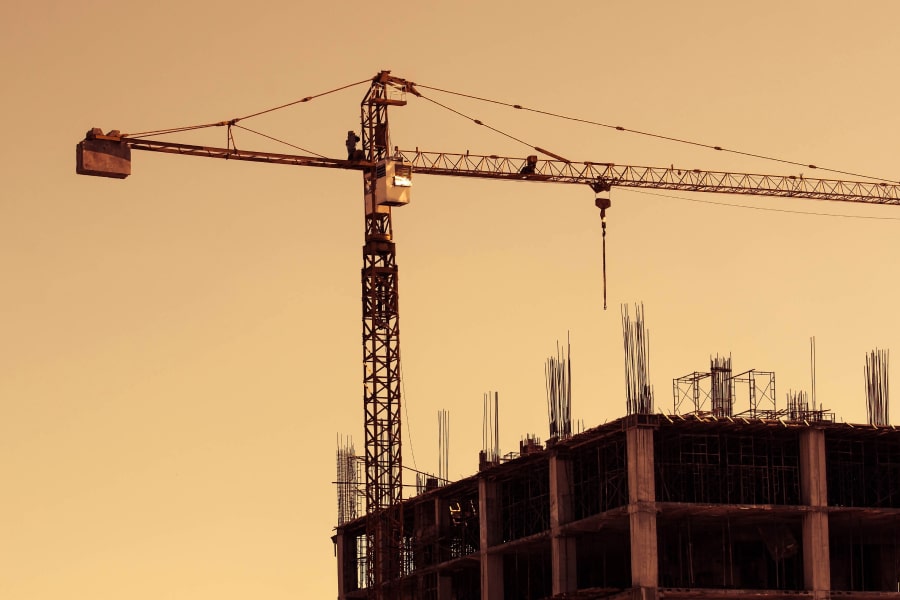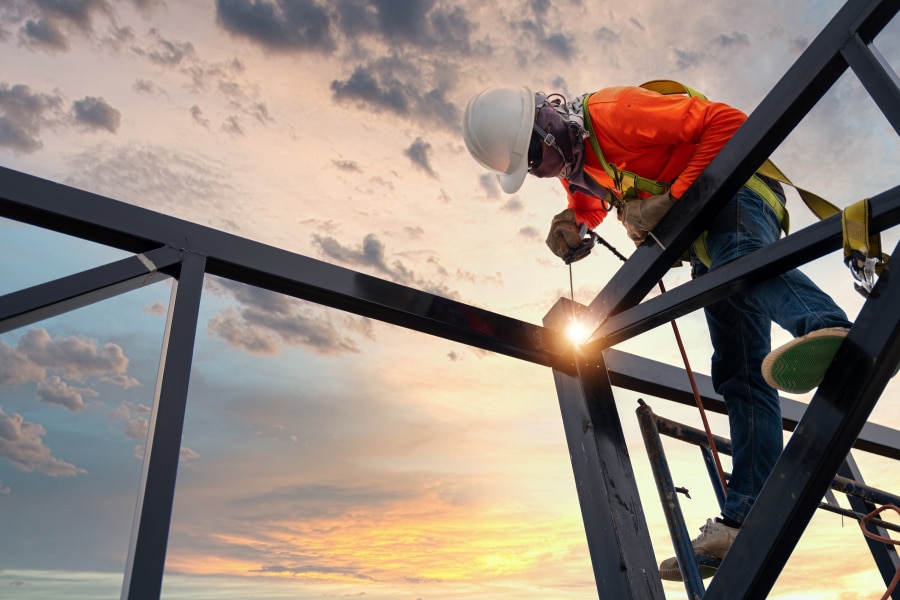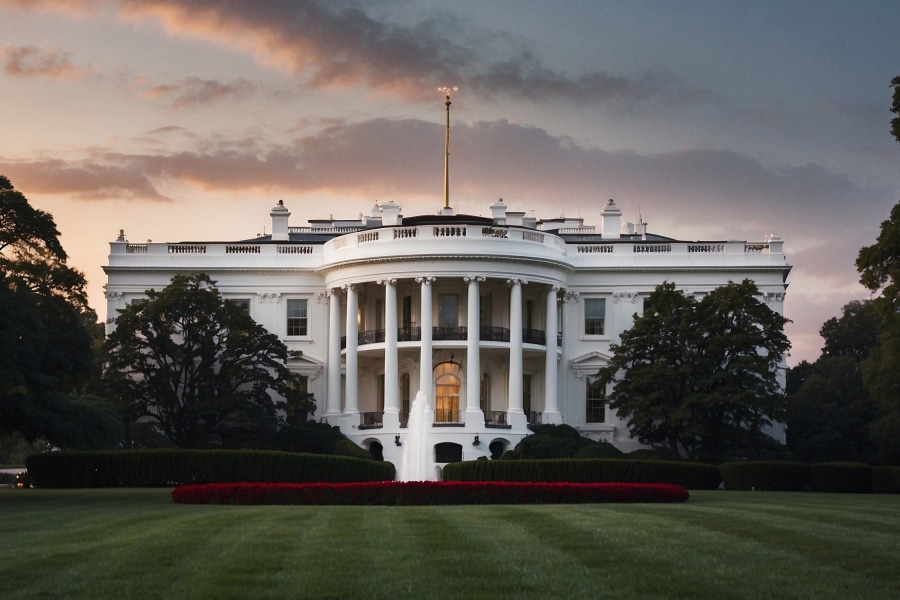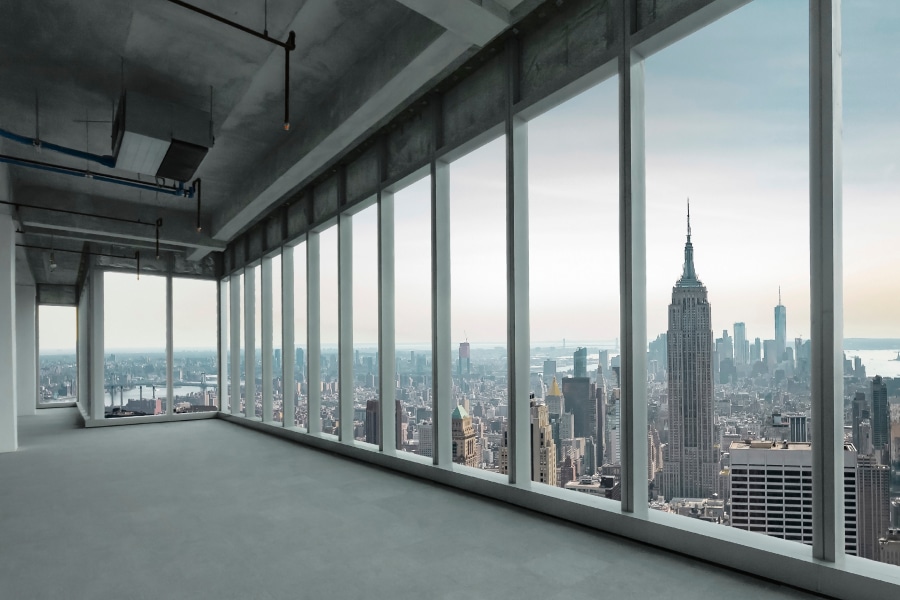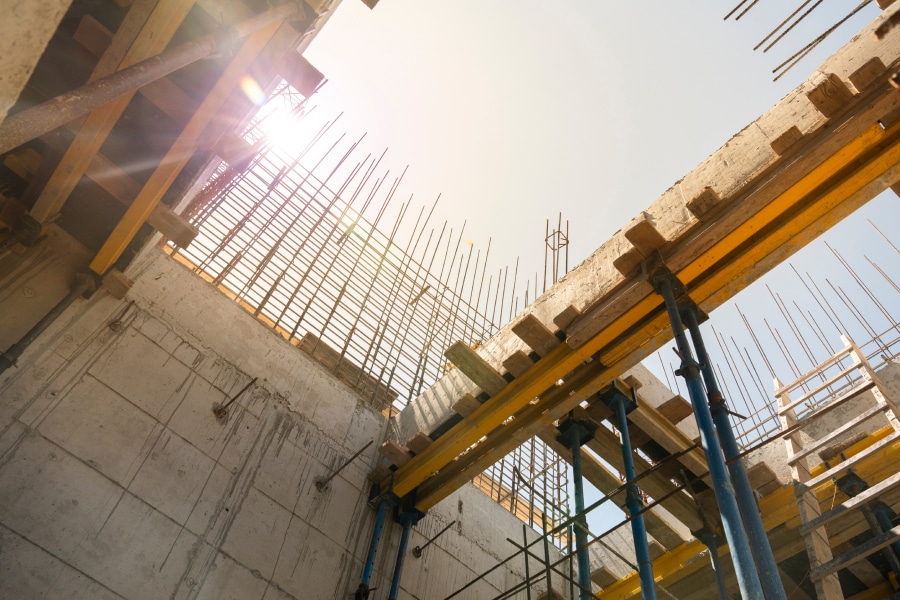The rhythmic sounds of a construction site—machines whirring, hammers pounding, voices calling across the worksite—capture the essence of an industry that builds the nation’s future.
Yet beneath this steady progress lies an unsettling truth: the US construction industry is heavily reliant on immigrant labor, and looming changes in immigration policy threaten to disrupt this vital workforce.
As debates intensify around stricter immigration enforcement, the construction sector finds itself at a critical juncture. Here, we’ll examine how these policies could reshape the industry and explore strategies to mitigate the risks of labor shortages.
How Immigrant Workers Are Vital to the Construction Workforce
Immigrants play a crucial role in the construction workforce across the United States. Nationwide, undocumented workers make up approximately 13% of the construction labor force, according to a detailed 2016 Pew Research Center analysis. Those numbers appear to have risen more recently. According to a 2023 article from Construction Dive, roughly 23% of construction laborers in the US are undocumented immigrants.
This significant presence underscores the reliance of the industry on immigrant labor, particularly in addressing critical labor shortages at a time when they are especially problematic for the industry.
These workers fill both skilled and unskilled roles, ensuring that projects are completed on time and within budget. Their absence would create a void that contractors would struggle to fill.
What Stricter Immigration Enforcement Could Mean for Construction
Proposed immigration policies by the Trump administration advocating stricter deportation measures and tighter enforcement of work authorization requirements could significantly reduce the labor pool.
This reduction would have far-reaching consequences—especially for an industry already facing challenges in hiring.
The Associated General Contractors of America’s 2023 Workforce Survey revealed that 85% of contractors have unfilled hourly craft positions, with 88% of those firms reporting difficulty filling some or all of these roles. This shortage exacerbates existing hiring challenges, leading to project delays and increased costs.
The survey also found that 46% of firms are experiencing longer project completion times than initially scheduled due to workforce shortages, and 47% have raised bid prices to account for higher labor costs.
Labor shortages don’t exist in a vacuum; they ripple through the economy. Rising wages due to competition for workers could increase the cost of housing and infrastructure projects, straining public budgets and deepening the ongoing housing affordability crisis.
Tariffs on Steel and Lumber: A Perfect Storm for Construction
Tariffs on imported materials, including steel and aluminum, have significantly affected the construction industry. In March 2018, during Trump’s first presidential term, the US imposed a 25% tariff on steel imports and a 10% tariff on aluminum imports, leading to increased costs for key construction materials.
For instance, between June 2017 and June 2018, the producer price index rose by 20% for aluminum mill shapes and 12.3% for steel mill products. These higher material costs, combined with existing labor shortages, have created a challenging environment for contractors, resulting in project delays and increased expenses.
The Trump administration’s proposed new tariffs are poised to further exacerbate these financial strains, compounding the challenges faced by contractors navigating rising costs and labor shortages.
Innovative Strategies to Tackle Construction Workforce Challenges
Faced with these challenges, the construction industry must find innovative ways to adapt. While no single solution can resolve a workforce crisis, several strategies can help mitigate the impact:
Investing in Automation and Digital Tools: Leveraging technology to streamline operations and improve productivity can reduce reliance on manual labor. Automated workflows and real-time collaboration tools can help teams work more efficiently, even with smaller crews.
Upskilling the Workforce: Training initiatives focused on equipping workers with modern skills, including the use of construction technology, can expand the labor pool. Partnerships with vocational schools and apprenticeship programs can play a critical role in this effort.
Strengthening Advocacy for Balanced Policies: Engaging with policymakers to create immigration laws that address workforce needs while ensuring security and fairness is essential. Industry leaders must advocate for reforms that provide legal pathways for immigrant workers and protect the stability of the construction sector.
Why Labor Shortages Impact More Than Just Construction
The implications of labor shortages extend beyond individual construction firms. Housing affordability, already a significant challenge in many parts of the country, could worsen as rising costs delay projects or make them financially unfeasible. Public infrastructure projects—essential for economic growth—may face similar challenges, with delays and budget overruns becoming the norm.
In this environment, the construction industry must find ways to ensure project continuity and quality. While adaptation requires investment, the cost of inaction could be far greater.
How the Construction Industry Can Adapt and Thrive Amid Challenges
To address these challenges, construction firms need to embrace a forward-thinking approach:
Broaden Recruitment Efforts: Expanding hiring pipelines to include more women, veterans and nontraditional candidates can help diversify and grow the workforce.
Promote Technological Integration: Emphasizing tools that improve efficiency can help offset the reduced availability of labor.
Collaborate Across Sectors: Government, educational institutions and industry leaders must work together to create solutions that benefit the entire construction ecosystem.
By focusing on long-term resilience, the construction industry can weather this period of uncertainty and emerge stronger.

